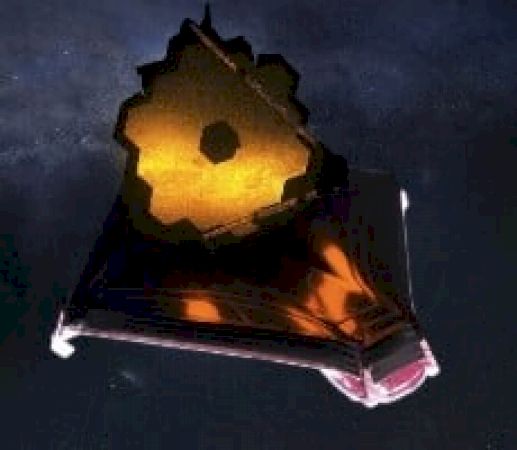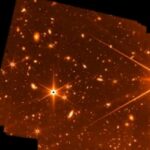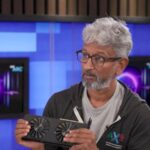
NASA’s James Webb Space Telescope (JWST) is anticipated to ship extra detailed pictures from deeper into area than ever earlier than. Researchers are hoping to make the most of Webb’s observations to inform us concerning the make-up and composition of particular person galaxies within the early universe for the primary time ever.
JWST has been one of the crucial extremely anticipated area telescopes within the lengthy and storied historical past of NASA. Expectations are excessive, and for good purpose. Up till now, astronomers and scientists have been in a position to peer into the universe way back to 400 million years after the massive bang. JWST will not be solely set to seize pictures from galaxies that existed as early as a number of million years after the massive bang, but additionally ship detailed knowledge generally known as spectra. NASA is scheduled to share the primary pictures from Webb on July 12, 2022.
One of Webb’s 4 major scientific devices, generally known as the Near-Infrared Imager and Slitless Spectrograph instrument (NIRISS), not too long ago completed its postlaunch preparations and is now prepared to be used. The Single Object Slitless Spectroscopy (SOSS) mode was the final mode of NIRISS to be declared prepared, and is a specialised prism meeting that disperses the sunshine of a cosmic source to create three distinctive spectra (rainbows). This spectra reveals the hues of greater than 2,000 infrared colours captured concurrently in a single remark.
The above picture is a current check detector picture from the NIRISS instrument operated in its single-object slitless spectroscopy (SOSS) mode whereas being pointed at a star. Each of the colours captured within the picture correspond to a particular infrared wavelength between 0.6 and a pair of.8 microns. According to NASA, the black strains seen on the spectra are th0e “telltale signature” of hydrogen atoms current within the star.
NIRISS shall be one in all Webb’s devices utilized in what is named The Next Generation Deep Extragalactic Exploratory Public (NGDEEP) Survey, co-led by Steven L. Finkelstein, an affiliate professor on the University of Texas at Austin. The survey will goal the identical two areas that at present make up the Hubble Ultra Deep Field. These areas are situated within the constellation Fornax where Hubble has spent greater than 11 days taking deep exposures. In order to supply its pictures, Hubble aimed its sights on close by areas of the sky concurrently with two of its devices, every barely offset from the opposite, generally known as a major and a parallel subject.
“We have the same advantage with Webb,” indicated Finkelstein. “We’re using two science instruments at once, and they will observe continuously.”
The groups will level Webb’s Near-Infrared Imager and Slitless Spectrograph (NIRISS) on the first Hubble Ultra Deep Field, and Near-Infrared Camera (NIRCAM) on the parallel subject. Finkelstein says this could ship twice the bang for his or her “buck” of telescope time.
These similar researchers can even take a look at figuring out the metallic content material in every galaxy, particularly these in smaller and dimmer galaxies which have but to be totally examined. They will particularly take a look at the spectra Webb’s NIRISS instrument delivers.
Currently there are nonetheless two different devices which have but to finish all their mode examine outs. Those are NIRCAM and NIRSPEC. NASA’s plan is to have all of the devices on-line and operational earlier than July twelfth, when the company is about to share the primary full-color pictures and spectroscopic knowledge from Webb with the remainder of the world.









